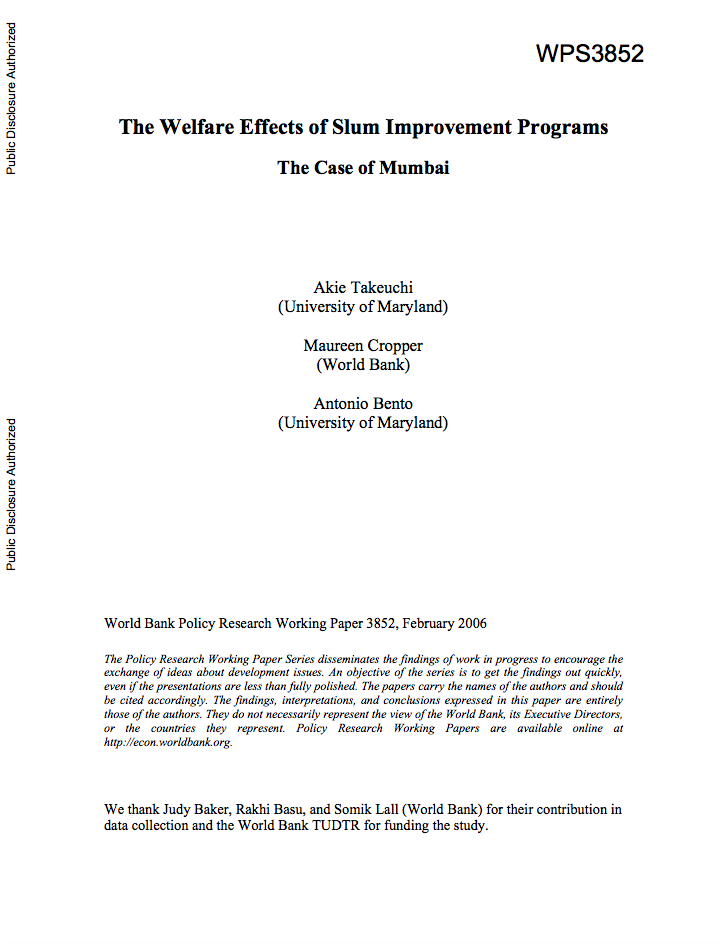The Causes of Civil War
The dominant hypothesis in the
literature that studies conflict is that poverty is the main
cause of civil wars. The authors instead analyze the effect
of institutions on civil war, controlling for income per
capita. In their set up, institutions are endogenous and
colonial origins affect civil wars through their legacy on
institutions. Their results indicate that institutions,
proxied by the protection of property rights, rule of law


